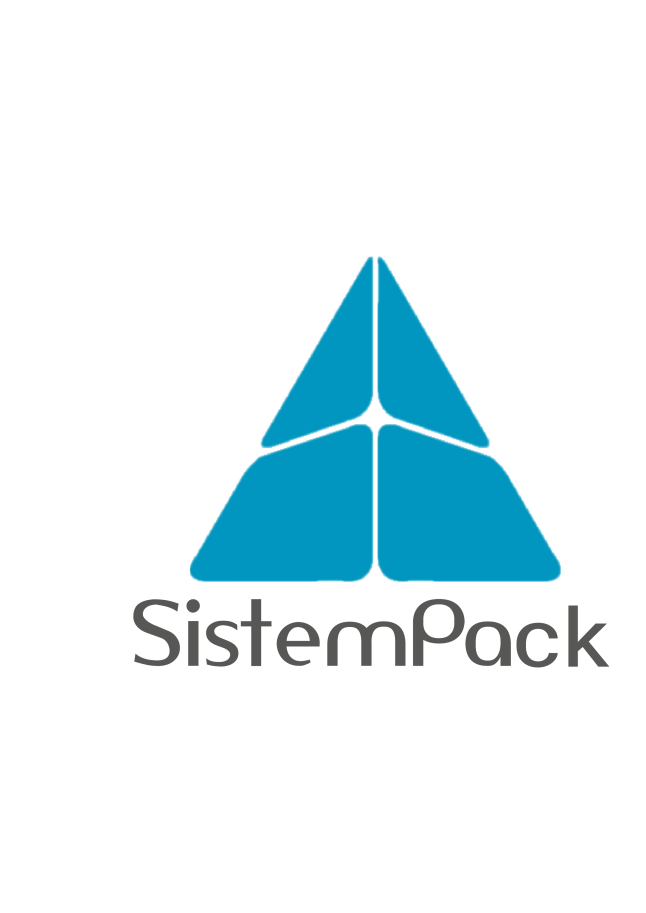Abstract: This white paper explores the critical role of packaging in the food industry, delving into its evolution, current trends, and future prospects. Packaging has transformed from a mere means of preservation to a multifaceted tool that influences consumer choices, sustainability, and brand image. In an era of heightened environmental awareness, innovative packaging solutions are crucial for both businesses and consumers.
Introduction: Packaging in the food industry has come a long way since its inception as a simple method for preserving and transporting food. Today, it serves a multitude of functions, ranging from ensuring product safety to influencing purchasing decisions. In this white paper, we will examine the evolution of packaging in the food sector, the current trends shaping its landscape, and its potential future directions.
The Evolution of Packaging: Early food packaging primarily focused on preserving freshness and preventing spoilage. Innovations such as tin cans and glass jars revolutionized food storage and distribution during the 19th and 20th centuries. However, as consumer preferences and technological advancements evolved, so did the demands on food packaging.
Current Trends in Food Packaging:
- Sustainability: Perhaps the most significant trend in food packaging today is the push toward sustainability. Consumers are increasingly eco-conscious, and they expect brands to use eco-friendly materials, reduce waste, and adopt circular packaging practices. This has led to the rise of biodegradable materials, reusable packaging, and reduced packaging sizes.
- Transparency: Modern consumers want to know more about the products they consume. Packaging now often includes detailed nutritional information, ingredient sourcing, and even QR codes for additional product information. Transparency builds trust between brands and consumers.
- Convenience: Busy lifestyles have fueled demand for convenient, on-the-go food options. Packaging has adapted with innovations like single-serve containers, resealable bags, and microwave-safe packaging, making it easier for consumers to enjoy food wherever they are.
- Personalization: Brands are leveraging packaging as a means of creating unique and personalized experiences for consumers. Customized packaging, limited edition releases, and interactive packaging designs engage customers on a deeper level.
- Digital Integration: Smart packaging, featuring QR codes, NFC tags, or augmented reality elements, is on the rise. These technologies provide consumers with additional information, recipes, and interactive experiences, enhancing the product’s value.
Future Directions:
- Advanced Materials: The future of food packaging lies in the development of advanced materials that offer better protection, longer shelf life, and reduced environmental impact. Innovations like edible packaging and self-healing materials are on the horizon.
- Circular Economy: Achieving a circular economy for food packaging is a long-term goal. Brands are exploring ways to design packaging that can be easily recycled, upcycled, or composted. This approach reduces waste and conserves resources.
- Reduced Plastics: There is a global effort to reduce plastic usage in food packaging. Alternatives like plant-based plastics, paper-based solutions, and glass are becoming more prevalent.
- Innovative Designs: Packaging will continue to play a pivotal role in branding and marketing. Innovative and eye-catching designs will captivate consumers and reinforce brand identity.
- Traceability: Blockchain technology is being explored to provide consumers with complete transparency about the origins and journey of their food products, from farm to table.
Conclusion: Packaging in the food industry has evolved from a simple necessity to a powerful tool for preservation, marketing, and sustainability. As consumer preferences shift toward eco-friendly, convenient, and transparent options, the food industry must continue to innovate and adapt. The future of food packaging is exciting, driven by advanced materials, sustainability initiatives, and a commitment to meeting the evolving needs of consumers. Brands that embrace these changes will thrive in the dynamic world of food packaging.
